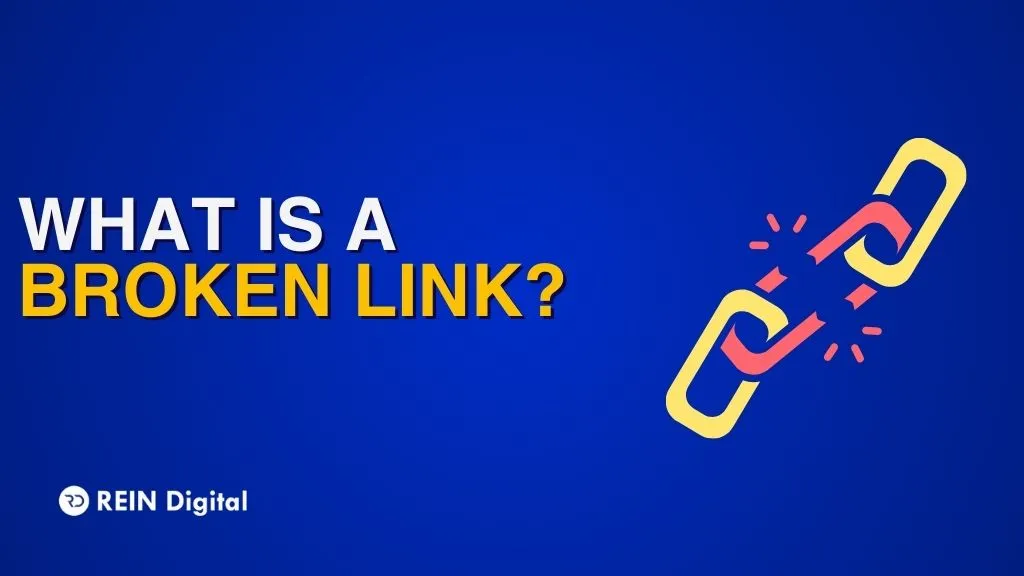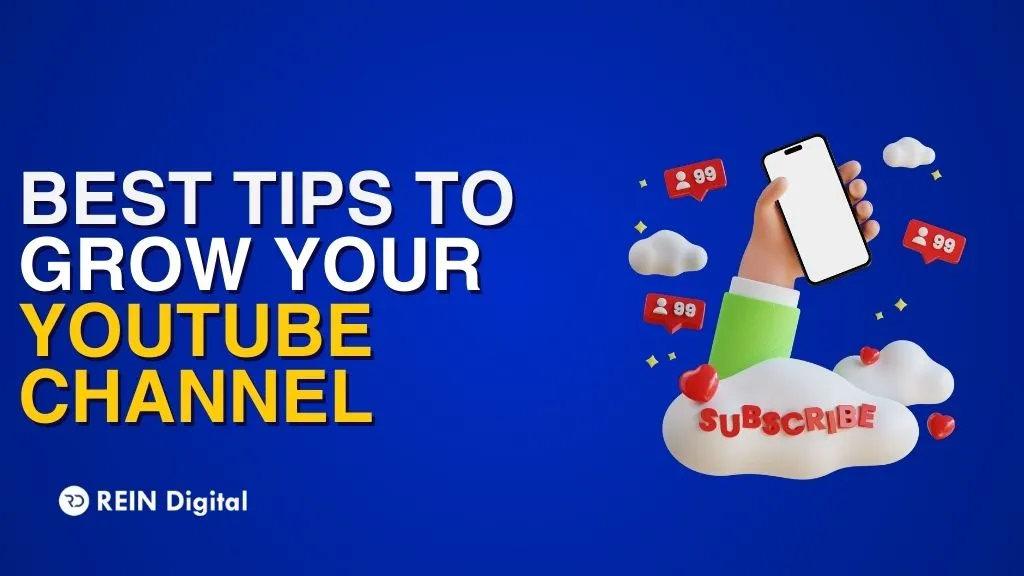.png)
There are two kinds of marketing these days: traditional marketing (through billboards, broadcasting, handouts, and others) and digital marketing (social media marketing, email marketing, affiliate marketing, and more). So would you as a business choose between the two? How do you know which one will work best for your business? Of course, digital marketing is the new norm but that doesn't mean you can overlook traditional marketing methods.
Definition of Omnichannel Marketing
Omnichannel marketing is a form of digital marketing that aims to build a bridge between traditional and digital marketing tactics by drawing in data from a customer’s brand awareness journey. This data comes from
- Customer feedback through case studies, research, and surveys
- Sales teams
- Mobile app usage
- Social media platforms
- SEO and keyword tracking
- Paid searches
- Website analysis
- CRM, CDP, and email platforms
Let’s take a detailed look at what these data achieve for businesses and the reasons why brands usually pick omnichannel marketing campaigns. Omnichannel marketing strategies combine the following methods:
- Marketing channels like PR, mobile apps, SEO content, social media, and email are used to engage potential and existing customers to build your brand awareness and generate demand for your products.
- Sales channels include SEO, PPC, mobile apps, social media, and email retargeting the potential customers and leads into a conversion.
- Omnichannel marketing also streamlines your back office areas with logistics, inventory management, order, and product delivery.
- It also integrates delivery software management tools and shipping methods to ensure your customers have a seamless ordering experience.
Key Actions Needed to Execute an Omnichannel Strategy
How does one execute an omnichannel marketing strategy? It involves executing the following actions:
1. Unify Messaging
Any kind of operative message you mean to send across must be aligned and coordinated across all your chosen marketing and sales channels.
2. Identify User Affinities
Assess how consumers feel about your brand or company through various media, then give them the chance to participate.
3. Segment Customers
Differentiate your clientele according to who they are, what they do, and what makes them who they are.
4. Personalize Experiences
Create automated, individualized interactions with customers to engage them in real-time.
5. Reinforce Messaging
At each touchpoint and across all platforms, reaffirm your message and whatever you are offering.
Eight Digital Channels of Omnichannel Marketing
1. Affiliate Marketing
Businesses that partner with influencers or other content creators, such as bloggers, practice affiliate marketing. These publishers or bloggers get compensated for any sales they generate for the company. Usually, a charge or commission for the sale is included in this payment. For instance, a blogger may link to your website when writing a review of your good or service.
Websites that post reviews for travel, computers or technology, fashion, books, or other consumer products are typical examples of affiliates. The author's viewpoint may have an impact on the reader's choice.
Regularly providing your affiliates with new content and upgrades for their websites is a great move. By doing this, you can be sure that they are always aware of fresh and intriguing information about your company that they can communicate with their audiences.
2. Search Marketing
This involves finding the trending keywords and using them for organic and paid search campaigns. Here are two types of keyword researchers:
- SEO keyword researchers help you to create content to prompt your consumers to discover your products and learn more about them. The ultimate aim is to get them to decide to buy your products.
- PPC keyword research is related to purchase-based keywords. It targets people who have a specific purchase history and know what they want.
Most consumers search before making a purchase. So it's important to lead the SERP when consumers search. PPC and SEO both have the potential to increase sales for a company, depending on the keywords that customers employ. In reality, your omnichannel strategy can use both organic and PPC search channels in tandem to boost sales and assist other channels.
3. Remarketing
This means showing ads to customers who have already visited your website or app based on segmentation through email marketing. This can be used to remind them of products or services when they leave your webpage. Remarketing helps in
- Engaging with loyal audiences at the right time and helping them reach the next level of their purchasing journey
- Re-engaging at key points using banners, videos, social media adverts, and paid searches
Here are some types of remarketing:
- SMS
- Push notifications
- Email remarketing
- Social media remarketing
- Display and video remarketing
- Paid search remarketing
Remarketing helps you in driving sales by sending abandonment emails to people with products in their cart for a long time. You can also target customer segments on ad platforms.
4. Video
Sponsored video content can aid consumers in making decisions about which products to purchase as well as which businesses to patronize. How? By offering reviews, product demos, endorsements, and immersive encounters with your company and products. Customers are increasingly accessing search engines like YouTube to get the answers to their questions. Thus, film content can be highly useful in providing a step-by-step, visual explanation of difficult concepts or procedures.
Here’s what you need to do to create an omnichannel experience on YouTube for your customers:
- Take note of searches and keywords suggested by YouTUbe in the Google Ads reports along with traditional keyword research.
- Place your keywords in the video title, video tags, and video descriptions.
- Add end screens and callouts to your videos.
- Add your website links in your video descriptions to drive traffic to your webpage.
- Add video transcripts to your web pages to drive SEO traffic.
5. Display Advertising
A display ad is a form of online marketing that reaches consumers wherever and whenever they are surfing the internet. These adverts can be shown t targeted customers even if they aren't actively looking for a certain item in the form of texts, photos, and videos.
Increasing consumer awareness of your goods and services through display advertising is a smart strategy. It can also be used to target specific pre-established segments. For instance, depending on an analysis of the characteristics of the customer categories, you can show banner ads to those you believe could be interested in your product or offer.
Here’s how display advertising will help your business:
- People view digital advertising banners wherever they are and whenever they visit the place. Your message will be shown to them clearly without the noise of the internet and they will remember them more. Usually, people have little patience with ads on social media, and digital adverts through banners can tackle that exact issue.
- Digital adverts also reinforce your brand awareness by reminding customers of upcoming promotions that help in driving sales.
6. Social Media
You can assist customers to learn more about your goods, services, customer service, and brand values through social media interactions (posting on the gram, stories, reels, and more). All of this can affect their choice to move on to the next step of their purchasing experience.
Secondly, you can produce content specific to the social media channels that your consumers use. This could mean memes for Facebook and Instagram, aesthetic pictures for Instagram, shorts for YouTube, streaks for Snapchat, and the like.
Thirdly, the performance of omnichannel marketing can be adversely affected by the material you provide on your social media handles. For instance, you might post a helpful infographic or a high-quality image for prospective customers who are just beginning their journeys. Or a lengthy product demonstration video for customers who are further along in the purchasing process and are actively seeking information.
Now, what does social media marketing help you achieve?
- People can learn about your items and be inspired to learn more about your company through social media. Customers can interact with a wide range of content forms as well as see and read advertisements on social media.
- People may now make direct purchases from social media businesses on websites like Instagram, Facebook, and WeChat thanks to social commerce.
7. Email Marketing
Effective email marketing allows you to divide audiences based on several factors, such as previous purchases, which makes it an ideal medium for executing an omnichannel strategy.
Moreover, you may use data to learn how clients have interacted with your business in the past to influence every engagement you have with them. You may contact different consumer segments directly and individually and consistently surprise and delight them to cultivate a sense of loyalty.
So how do you go about segmenting your audience? Here are some consumer characteristics:
- E-commerce account holders
- Newsletter subscribers
- Lapsed purchasers
- High-value purchasers
- Cart abandoners
- Seasonal purchasers
- Purchasers of only certain products
- Recent purchasers
Here are some best email practices you could follow:
- Split up your customer base using statistics.
- Decide which points in the customer journey to call for an email conversation.
- Identify the various types of messages that could be used in emails.
- Draw a diagram of the additional channels that consumers commonly use to access different customer journey stages.
- Incorporate email into these channels. Effectively integrate it into the customer journey's high-impact phases.
- Automate the procedure by selecting email-sending triggers depending on channel usage and other touchpoints.
- Website Optimization
As a marketer you often direct consumers to your website when they click via a digital marketing channel. Therefore, website optimization is an essential component of any omnichannel approach. Optimizing the website experience to fit client preferences is essential for the success of your sales because your website is probably the last point of contact before a customer makes a purchase. And clients' online behaviors can provide a core part of first-party data.
Take note that there are two types of digital channels that may be used to increase traffic to your website:
- Consumer demand is driven by marketing channels, which also raise brand awareness.
- Deals are closed and sales conversions are facilitated via sales channels.
When you use various channels to direct traffic to your website, optimize it with these objectives in mind. You can develop the types of experiences, content, and messaging customers anticipate on each channel by using an omnichannel, data-driven strategy.
A Final Word on What is Omnichannel Marketing
Omnichannel marketing has emerged as a critical part of many brands' strategies as digital marketing continues to evolve. You may increase brand awareness and boost sales through an efficient omnichannel strategy by emailing-searching social media and display advertising, among other channels for digital marketing. You may adjust the approach to make sure the different channels work well together and your marketing achieves the desired results.














